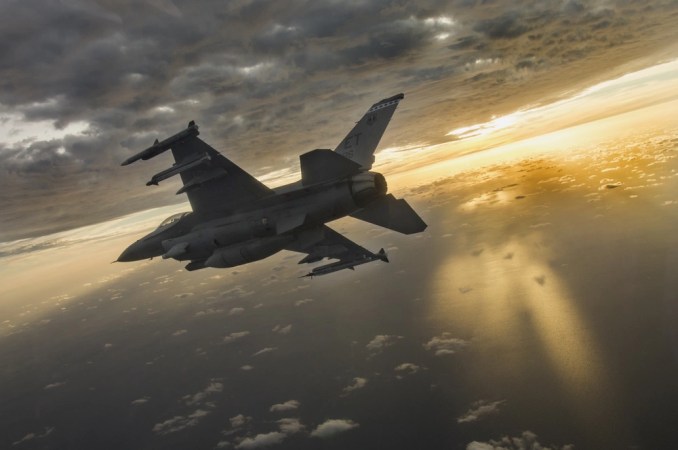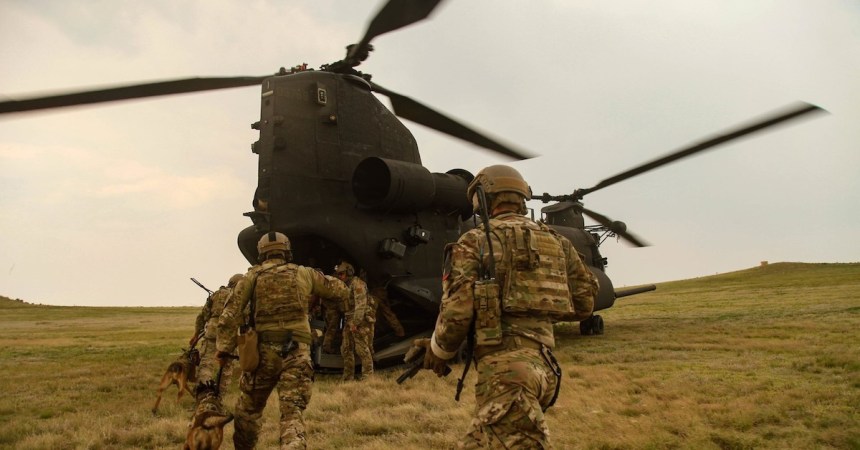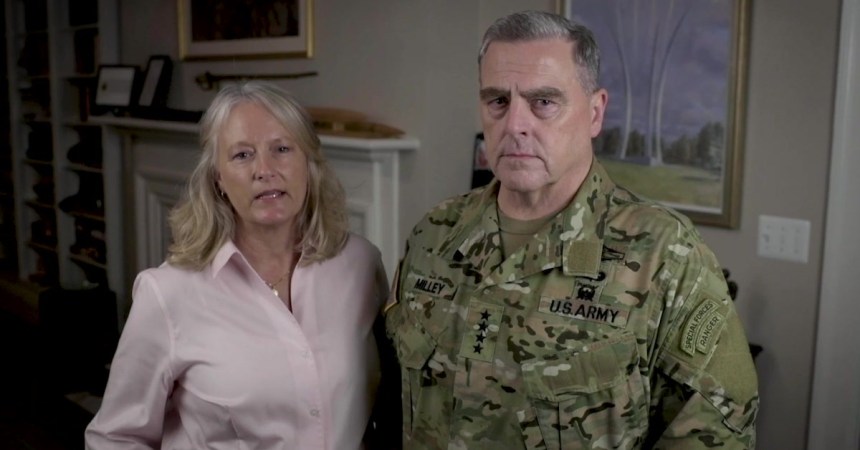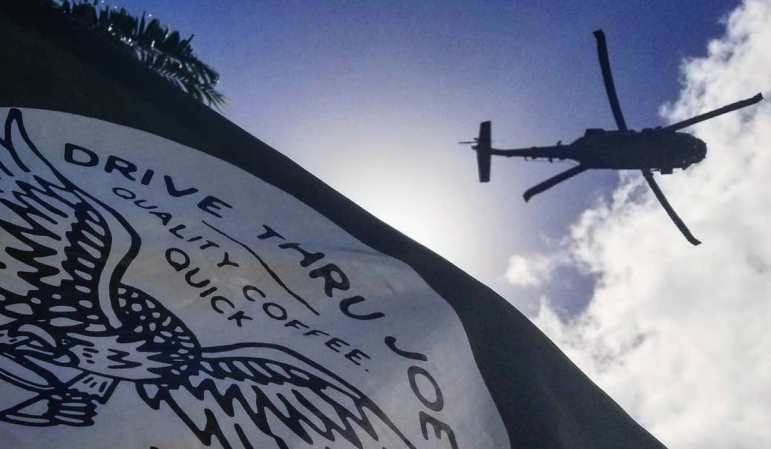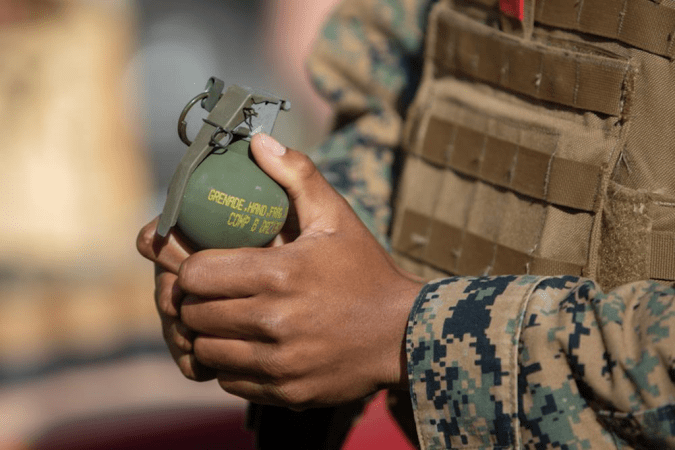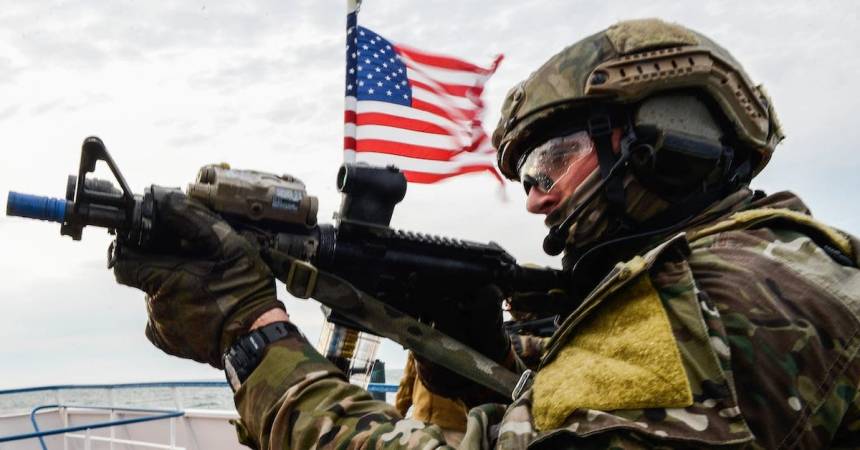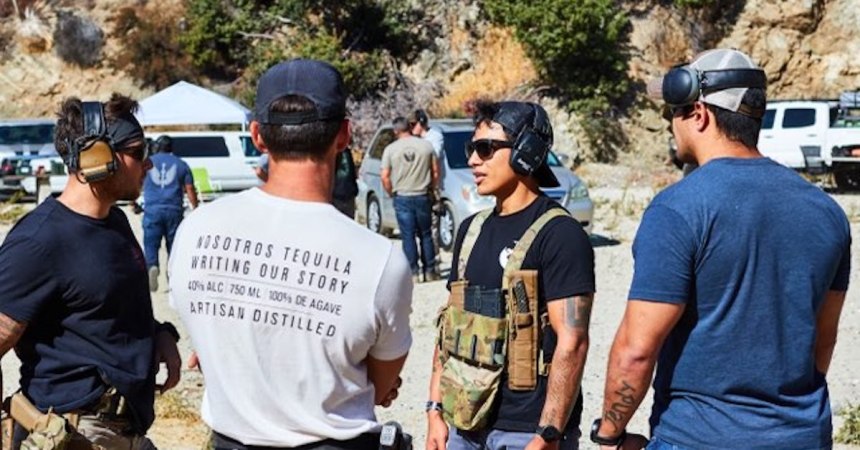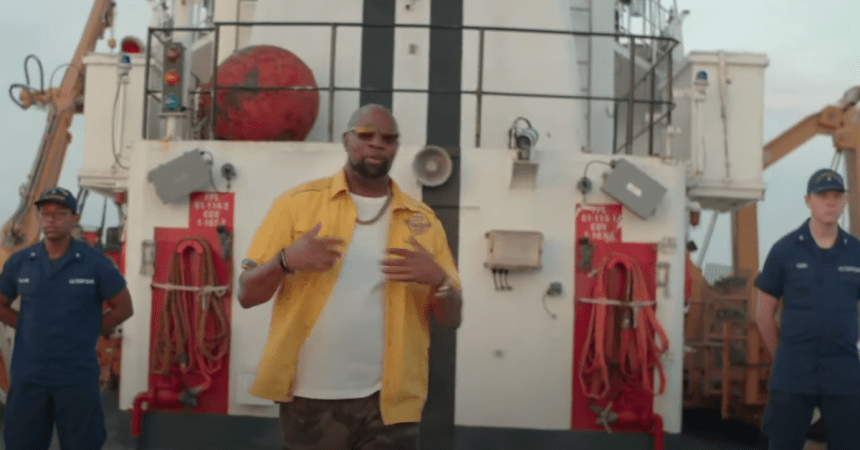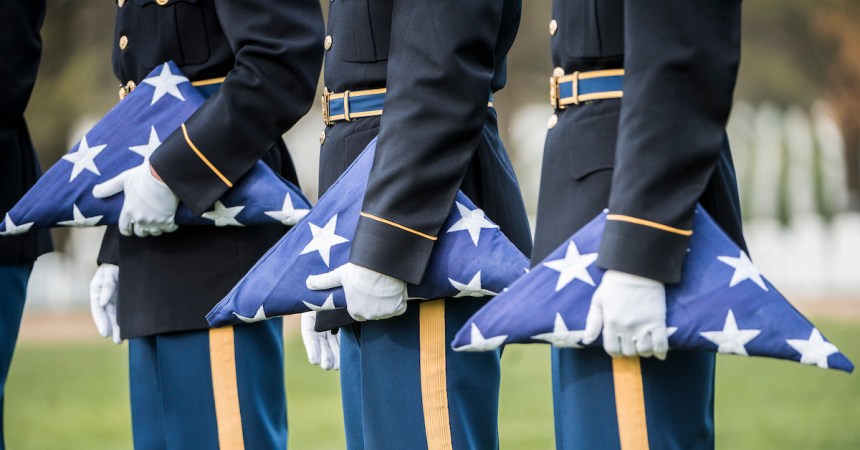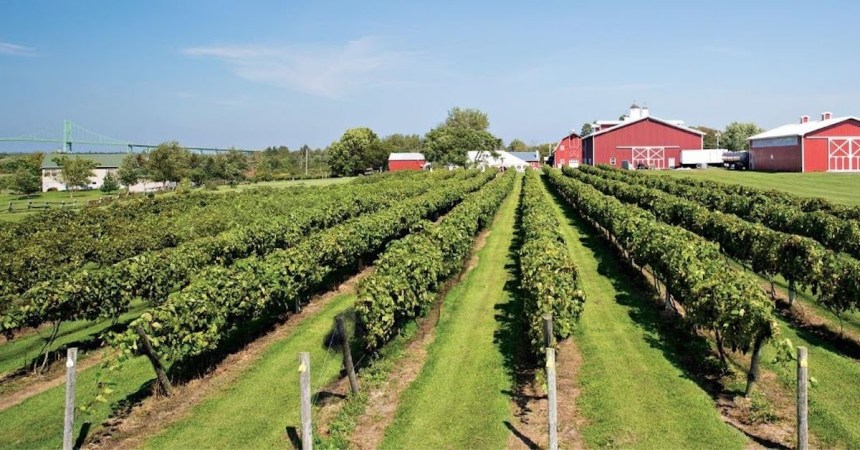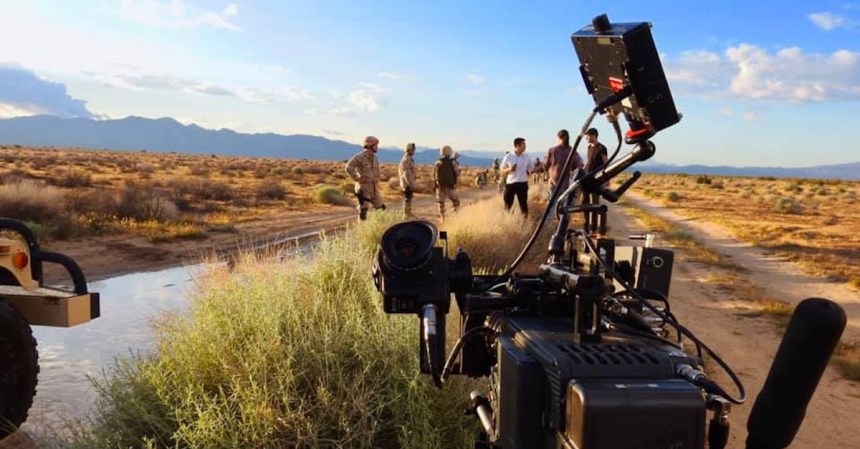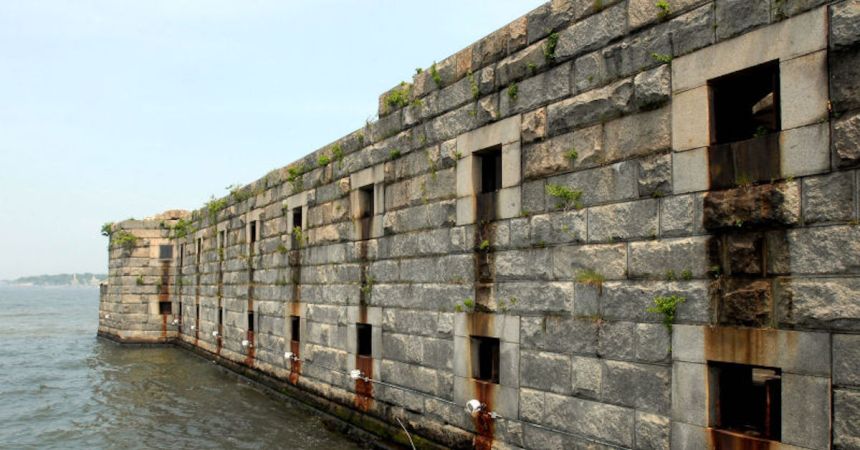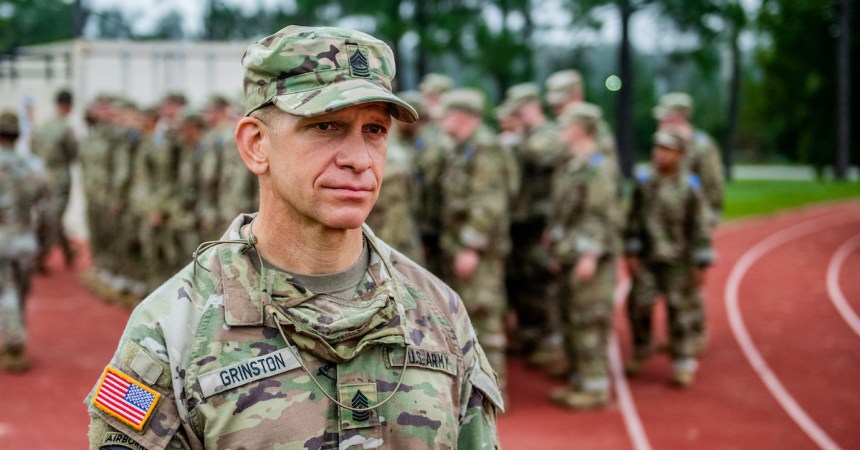Few places on the face of the earth can be as unforgiving or as deadly as the frozen Arctic.
Because of the dangers of the Arctic environment, coupled with the growing strategic importance of this part of the world, the US Air Force runs the Arctic Survival School out of Eielson Air Force Base in Alaska.
Each year, this five-day intensive training program, also known as Cool School, teaches over 700 servicemembers the survival skills necessary to fight back against nature and survive in the Arctic.
“Mother nature does not like you in this situation,” Survival Instructor Staff Sgt. Seth Reab, tells his students in the morning freeze. “She’s violent. She’s harsh. Your job is to survive until help comes; her job is to find a way to take your life.”
The Air Force’s Cool School, which brings in more than 700 participants every year across all service branches, takes place outside Eielson Air Force Base, deep inside Alaska. Temperatures average about 30 degrees below zero.

At the start of the course, all participants are given the emergency equipment they would have depending upon what plane they would be flying.

The emergency equipment usually works. But everything else in the Arctic will try to kill the participants. This includes subzero temperatures …

… and even dehydration. Despite the abundance of snow, it is extremely difficult to drink enough water under harsh Arctic conditions.

One of the first things students are taught is to harvest snow in parachutes, in order to melt it down for water.

This supply of snow can then be moved into tin cans, in which the snow can be mixed until it melts enough to easily drink.

Warmth is just as important as water. Students are taught to find tender wood with which to build a fire.

In Cool School, students are taught the ideal way to split wood into longer thin splints that will burn more easily and evenly.

Servicemembers learn to create sparks with a metal match. Though somewhat antiquated, metal matches can be used indefinitely.

Once students create a fire, it can be used for signaling, heat, and food preparation.

Students also learn more basic practical skills — they have to change socks in order to keep feet dry so as to avoid hypothermia.

On the first night of school, students are taught to create open primitive shelters that provide little insulation from the elements.

Staff Sgt. Joseph Reimer unpacks his duffle bag during the first night of arctic field training near Eielson Air Force Base, Alaska. The course is five days in duration with instruction in familiarization with the arctic environment, medical, personal protection, sustenance and signaling. Reimer is an explosive ordnance disposal technician assigned to the 354th Civil Engineer Squadron
During the second day, instructors teach students to make more complex A-frame shelters out of wood and a parachute or tarp.

Airman 1st Class Ray Simon prepares the cover for his thermalized A-frame shelter during arctic survival training at Eielson Air Force Base, Alaska. The A-frame shelter is designed to keep the survivor warm and dry to endure harsh arctic nights. Simon is a 3rd Maintenance Support Squadron crew chief.
The A-frame is then covered with almost a foot of snow to provide insulation.

Airman 1st Class Ray Simon looks out of his thermalized A-frame tent during Arctic Survival School training. The thermalized A-frame is designed to keep survivors warm and dry in arctic environments. Simon is a 3rd Maintenance Support Squadron crew chief and also a member of a crash disable damage recovery team responsible for retrieving downed aircraft in emergency situations.
Another vital principle of survival students learn is how to create an effective signal fire by placing a flare inside a base of kindling and smoke-generating tree limbs.

Staff Sgt. Seth Reab ignites a flare in the middle of tender wood to create a smoke signal during a field training lesson at Eielson Air Force Base, Alaska. The signal flare can be seen for up to 10 miles away and much further when rescue help is coming through the air. Reab is an Air Force Arctic Survival School instructor assigned to Det. 1, 66th Training Squadron at Eielson AFB.
Next to the smoke signal, students create a giant letter ‘V’ to alert passing pilots that they are in need of rescue.

You can watch a recap of the Arctic Survival School below.
More from Business Insider:
- This Is A Triple-Barreled Soviet Space Gun With An Attached Machete
- Video Shows GRAD Rockets Fired By Rebels Hitting Cars In A Vital Ukrainian City
- Putin Once Casually Said He Could Destroy America In A Half-Hour
- The 50 Most Violent Cities In The World
- ‘American Sniper’ Inspiration Chris Kyle Explains How Snipers Change A Battle
This article originally appeared at Business Insider Defense Copyright 2015. Follow BI Defense on Twitter.



